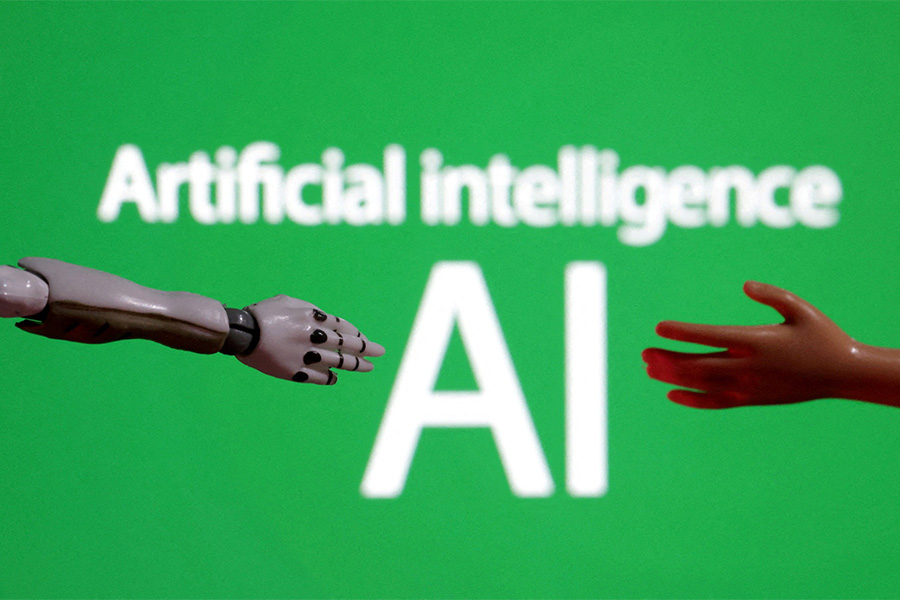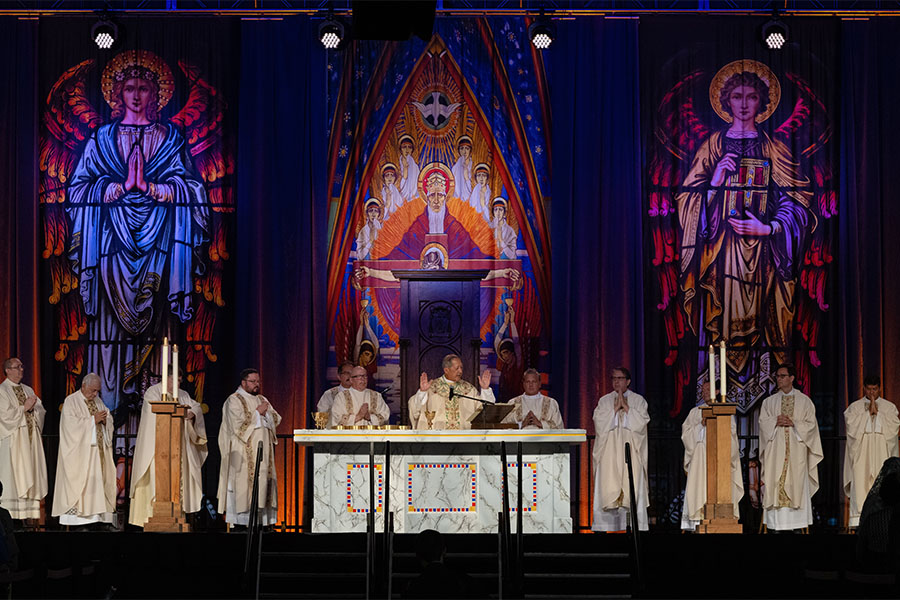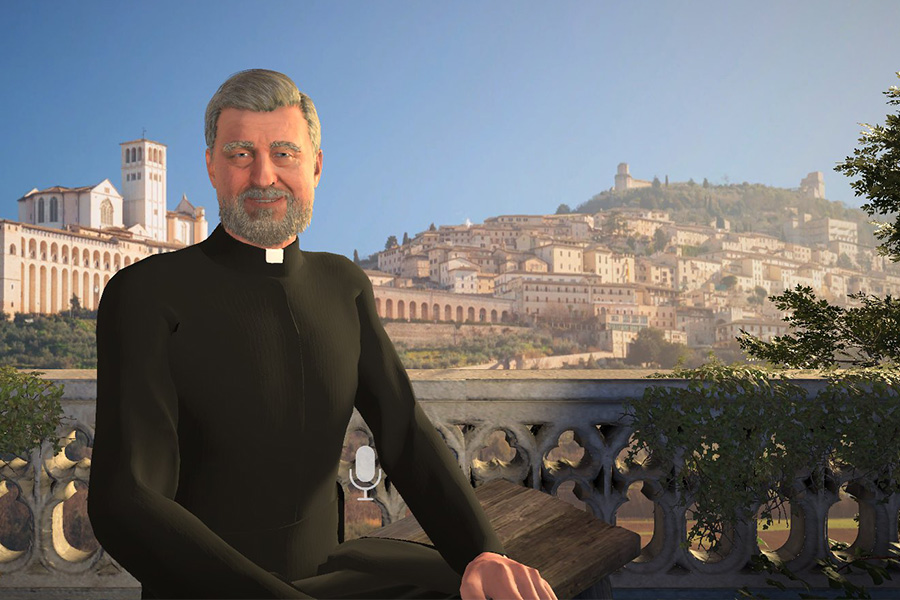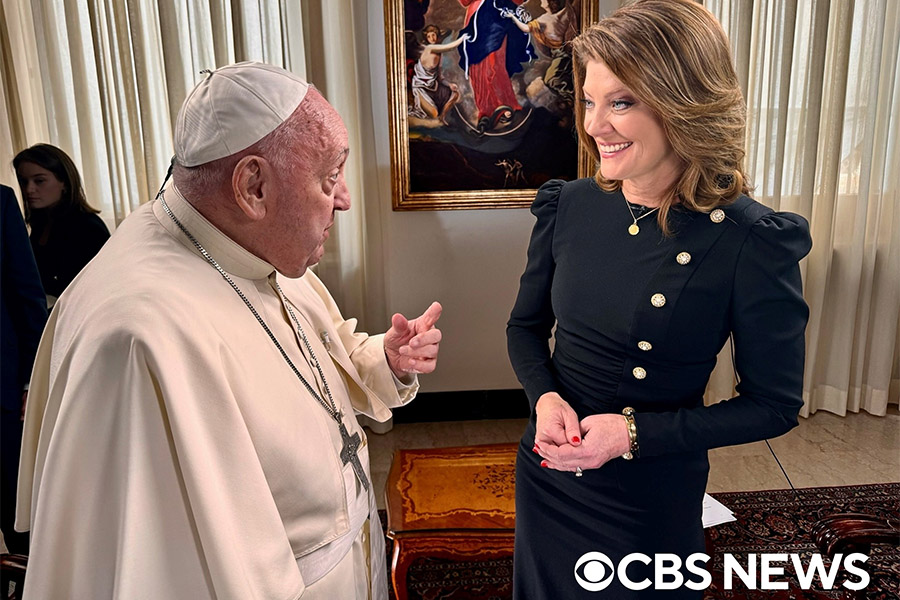When striving to reach goals, astronaut Ashley Kowalski has a simple and profound message: Be not afraid and lean into opportunities.
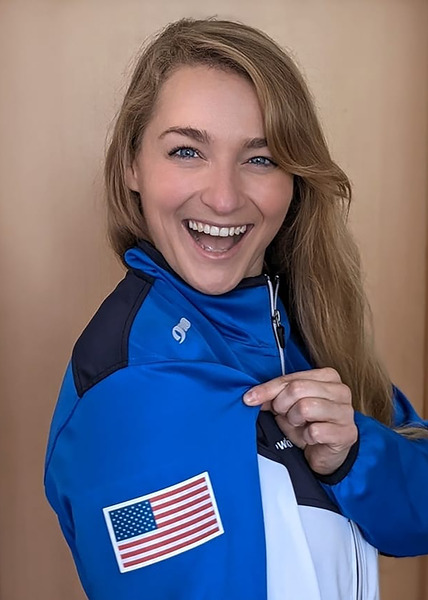
“It’s really important to challenge yourself,” said Kowalski, a 2007 graduate of Mercy High School in Baltimore. “If you’re comfortable when you’re doing something, that means you are probably not improving yourself or growing as a person.”
Kowalski, project leader for international partnerships at The Aerospace Corporation in Los Angeles, has made a career of accepting challenges. In school and out, she has followed a path that wasn’t necessarily set for a career in space, but her education and experiences helped to build a sure foundation for the life of an astronaut.
She recently came off an eight-month mission in Moscow called SIRIUS-21, which was designed to help NASA and researchers from around the world learn about the behavioral and physiological effects of isolation and confinement on humans. The small crew of five – two from Russia, two from the United States and one from the United Arab Emirates – conducted 70 experiments from countries including the Czech Republic, Japan, the UAE and the United Kingdom. Kowalski was the first American woman to participate in such a study, which was in preparation for future Artemis missions to the moon and long-duration missions to Mars.
She didn’t start mulling a career in the space program until late in high school and early in her college career.
“I wasn’t one of those space kids,” said Kowalski, who grew up in Shrine of the Sacred Heart Parish in Mount Washington. But she is a lover of all things math and science, and she won a coveted award from The George Washington University for her prowess in those subjects during her junior year at Mercy. She counts math teachers Tricia Potts (now retired) and Eugene “Felix” Sung as well as Nancy Uryasz, Mercy science chairwoman, as key mentors during her high school years. While they were demanding, Kowalski said they challenged her to stretch academically.

Uryasz said Kowalski was “not all academics” and “very balanced,” with numerous interests such as track and field, music and dancing. Even today, Kowalski said, she participates in musical theater and a Polish dance company in the Los Angeles area. As a child, she had been active in a Polish dance ensemble in Baltimore called the Krakowiaki Dancers.
As the daughter of Gerhard and Anna Kowalski, immigrants who came to the United States from communist Poland in the 1970s, she grew up in a bilingual household in Baltimore. As Kowalski’s studies progressed, it was clear she wanted to marry her love of international affairs and engineering.
She pursued numerous internships that were not exactly space related, but they did make her stand out. During her undergraduate and graduate years studying engineering at GW, she worked 10 to 20 hours a week at the National Air and Space Museum. There she was an “explainer” who gave scientific demonstrations on aviation, space exploration, forces of flight and astronomy for museum visitors.
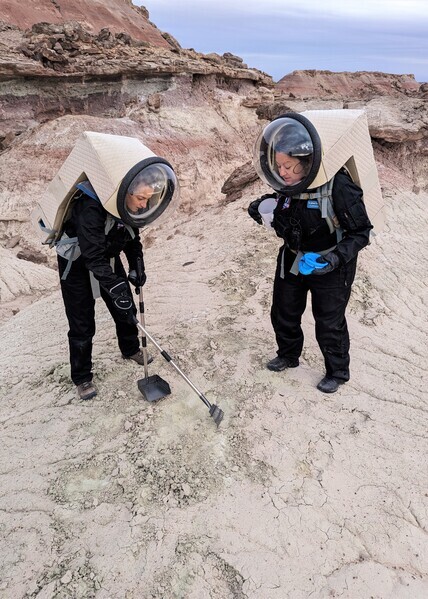
She also spent eight weeks in China on a fuel cell project, a year in Berlin on a fellowship from the State Department and German Parliament (Bundestag) and took part in the Alfa Fellowship Program where she received intensive language training and participated in high-level professional development assignments in Russia. That, she said, came in handy during her SIRIUS-21 experience, since many manuals and controls are still written in Russian.
Kowalski most recently wrapped up a two-week mission in Utah at the Mars Desert Research Station, where The Aerospace Corp. ran experiments in a Martian-like part of the state.
What advice would Kowalski give to up-and-coming students?
“Don’t shy away from opportunities,” she said. “Be willing to take on a well-informed, well-educated, well-researched risk. It’s OK to be scared, and it’s also OK to fail if that’s what happens. At the end of the day, it’s still a learning experience.”
Women in space
As of March 2022, 75 women have flown in space, including cosmonauts, astronauts, payload specialists and space station participants.
1963 The first woman in space was Russian cosmonaut Valentina Tereshkova
1983 The first American woman in space was Sally Ride
1992 Former NASA astronaut Mae Jemison was the first Black woman in space.
2019 NASA astronauts Jessica Meir and Christina Koch completed the first all-female spacewalk
2021 Audrey Powers, a graduate of Mount de Sales Academy in Catonsville, was part of the second Blue Origin New Shepard human flight rocket launch into space, accompanying actor William Shatner and two others.
Sources: NASA and Catholic Review file
Read More Local News
Copyright © 2023 Catholic Review Media

